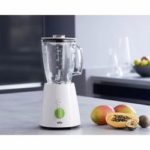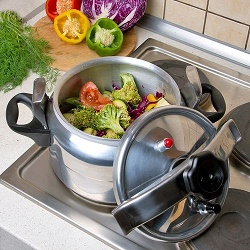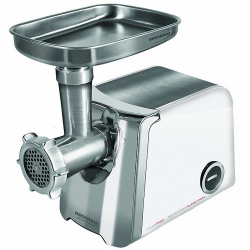Compare the capabilities of a blender and food processor
Modern kitchen appliances allow you to spend a minimum of effort to quickly obtain a tasty and high-quality result. There are many assistants, and you want to buy every such device, but the budget and the size of the kitchen do not always "approve" such a desire. One of the most pressing questions for housewives: is it better to buy - a blender or a food processor? Both of them are multifunctional and perform almost the same job of cutting, chopping and beating. However, the difference is still there.
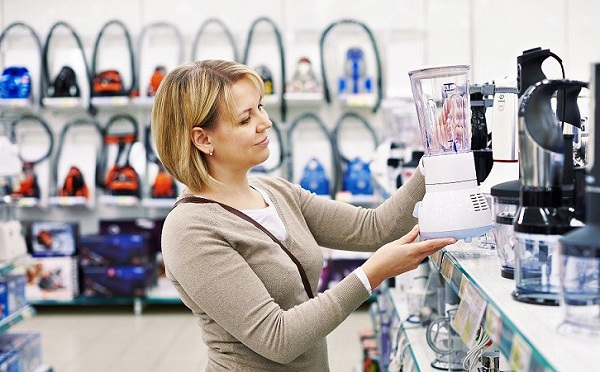
Content
Features of the blending device
Modern blenders, indeed, are not much less than combines. The main advantages are as follows.
- Compact size. All components will take much less space than the notorious combine analogue. And some can be mounted on the wall.
- They universal in use - suitable for cooking soups, minced meat, mashed potatoes, creams, desserts, slicing vegetables and so on. Well they help in the manufacture of infant formula for the first feed.
- It can be used directly during cooking (although, of course, many manufacturers recommend cooling food to room temperature).
- Almost all the details of the folding device can wash in the dishwasher.
There are significant disadvantages:
- limited functionality;
- the need for frequent rest;
- work with a small amount of products.
Types of blenders
To know which device to choose for yourself, you must have information on the types of devices that are:
- submersible;
- with a bowl grinder;
- having a diverse functionality.
In the first case, it is better to choose the usual plastic leg - it will be unstable to staining and inexpensive.
By the way, plastic does not like high temperatures, so this technique will go as an addition to the combine.
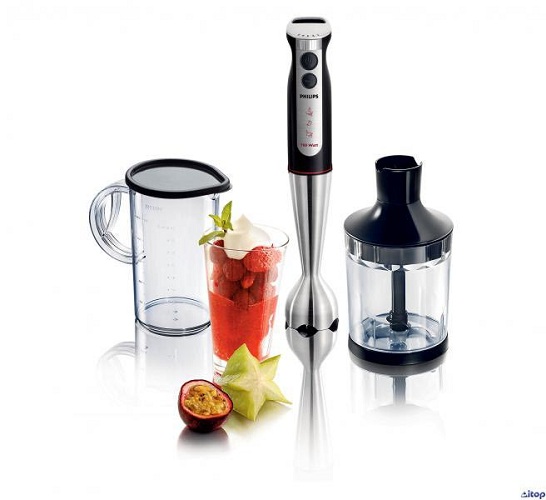
Those models that are worth chopper bowl, also equipped with a powerful motor. Knives device quietly cope with vegetables and even nuts.
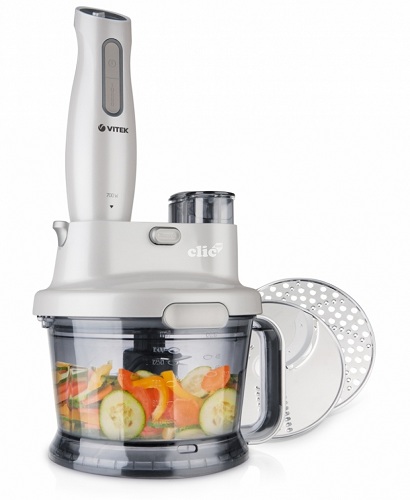
But to completely replace the food processor can only those devices that have a variety of features and equipment. They can not be called budget, but they fully justify the investment in themselves. Motor power starts at 600 watts, which will cope with any task.
You can supplement the information with the following dossier on blender device types.
- Conventional blenders are more suitable for working with liquid or soft food.
- Stationary models are very uncomfortable to wash (although they do an excellent job with kneading dough, sauce, mashed potatoes, creams, ice cream and making smoothies and cocktails).
- Manual units can be prepared and large and small portions. They allow you to adjust the consistency of the prepared dish.
- Manual models can be wireless.
- Submersible options are not suitable for chopping ice and working with thick dough.
What is a food processor for?
This more versatile technique is designed to perform a large range of complex tasks. The powerful combine will cope with dough of any thickness and cream of any consistency. He can cook large volumes ground beef and chop vegetables.
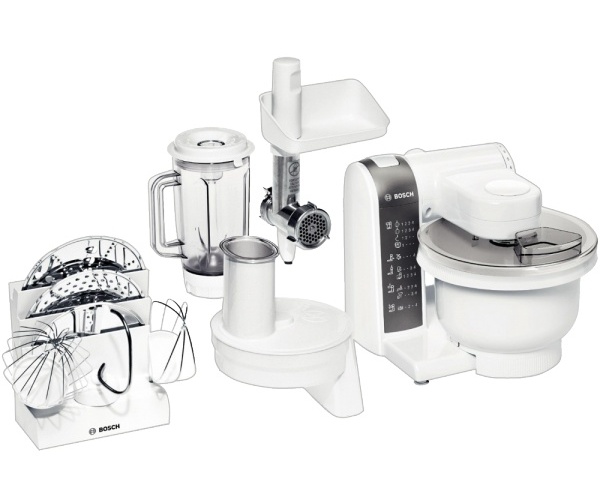
As a bonus, this technique can be called:
- work with solid varieties of products;
- replacement of the purchase of many devices (meat grinder, mixer, juicer, and so on);
- fast processing of products (indispensable in the harvesting season).
And there are only two drawbacks - this is a high price and very big sizes.
Rules for choosing a food processor
What should I look for when buying such a unit? The priority factors are the power and the number of removable nozzles. The actual moment is the quality of the motor used in the device and how it will work under load. That is why it is important not to buy cheap models (they simply will not withstand long work under load). Usually inexpensive food processors often rustle, very hot and even can not work with solid foods. Accordingly, serve less.
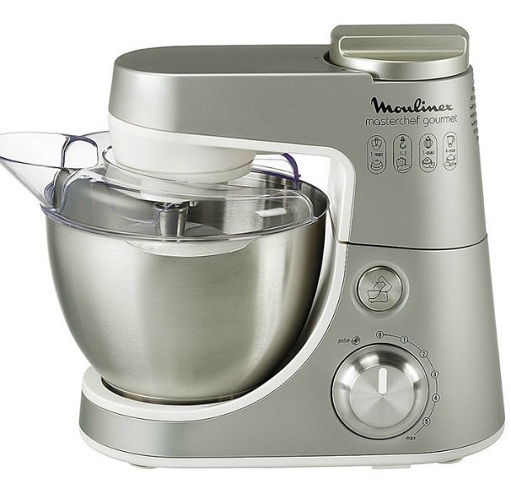
The second important point is bowl. Its volume can be in the range of 1.5–4.5 liters, while it is made of glass, metal or plastic. For a family of two, a 2-liter variant will suffice. If there are more people, then you need to buy a model with a larger bowl. Moreover, glass - it will absorb less odors and is much better in operation compared to the plastic counterpart.
What to stop
Is it anyway better - a blender or a food processor? To answer this question it will be enough to analyze the work being done in the kitchen. Someone immediately determines the place of residence of a large unit and constantly uses a combine, while others prefer mobile devices. And, of course, the determining factor will be the skill and frequency of cooking - if there is a desire to constantly indulge the household with culinary masterpieces (or to earn such a hobby), of course, it is better to immediately purchase a food processor.

/rating_off.png)






